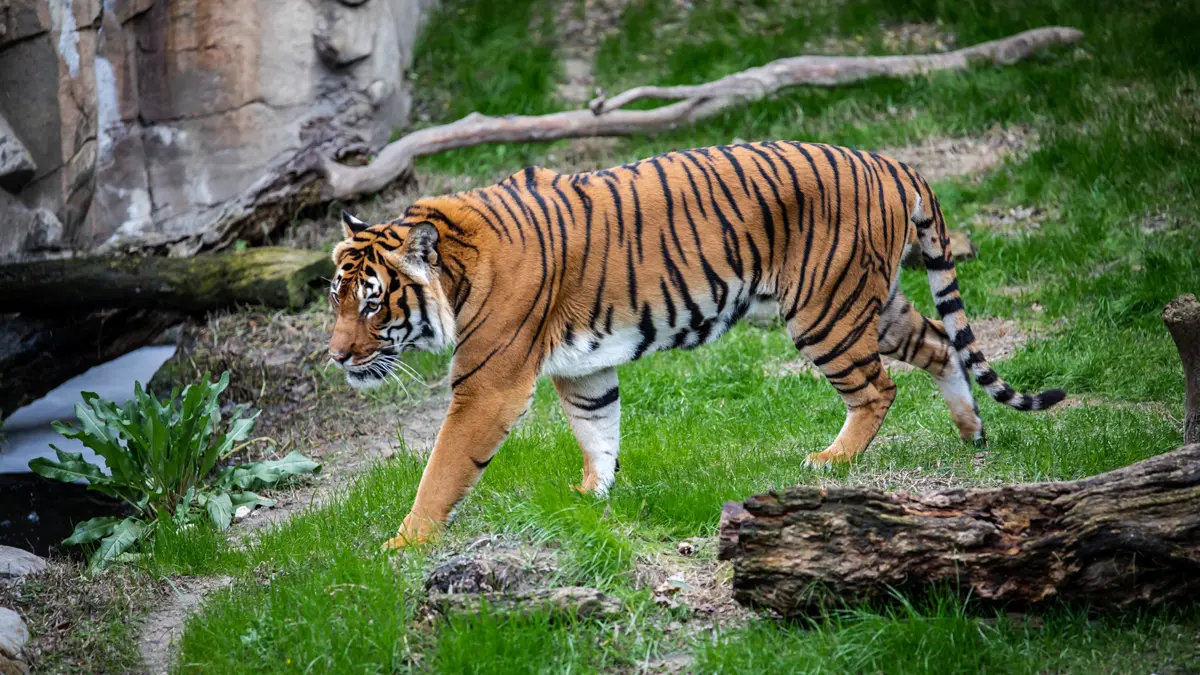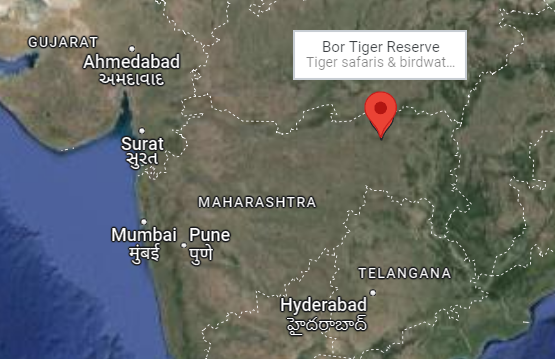Free Courses Sale ends Soon, Get It Now


Free Courses Sale ends Soon, Get It Now



Copyright infringement not intended
Picture Courtesy: https://aryango.com/bor-tiger-reserve-maharashtra/
Context: Bor Tiger Reserve (BTR) seeks ₹1 crore for wildlife safaris in the Bangdapur and Hingni forest ranges.
Bor Tiger Reserve (BTR)

|
PRACTICE QUESTION Q. Case Study: A recent study by the National Tiger Conservation Authority (NTCA) revealed a significant decline in the tiger population within the Bor Tiger Reserve. The local forest department attributed this decline to increased poaching activity, while wildlife conservation NGOs argued that habitat loss due to expanding human settlements and agricultural activities was the primary factor. Further complicating the issue, local communities residing near the reserve reported rising incidents of crop damage and livestock depredation by tigers, leading to increased conflict and animosity towards the big cats. MCQ: You are a wildlife conservation consultant invited by the government to propose solutions to address the declining tiger population in the Bor Tiger Reserve. Considering the complex socio-ecological factors involved, which of the following approaches would be MOST EFFECTIVE in achieving long-term conservation success? A. Implement stricter anti-poaching measures through increased patrolling and surveillance. B. Focus solely on habitat restoration and expansion within the reserve boundaries. C. Create a collaborative conservation program involving local communities, forest officials, and NGOs. D. Relocate tigers from the reserve to other suitable habitats with lower human presence. Answer: C Explanation: Implementing a collaborative conservation program (Option C) is optimal for addressing the declining tiger population in Bor Tiger Reserve. This approach involves engaging local communities, forest officials, and NGOs, fostering a sense of ownership and responsibility. It considers both ecological preservation and socio-economic factors, leading to holistic and sustainable conservation efforts. Collaborative initiatives can mitigate human-wildlife conflicts, combat poaching, and promote awareness, ensuring the long-term coexistence of tigers and local communities. This approach aligns with the interconnected nature of conservation, aiming for a balance between wildlife protection and community well-being. |
© 2024 iasgyan. All right reserved